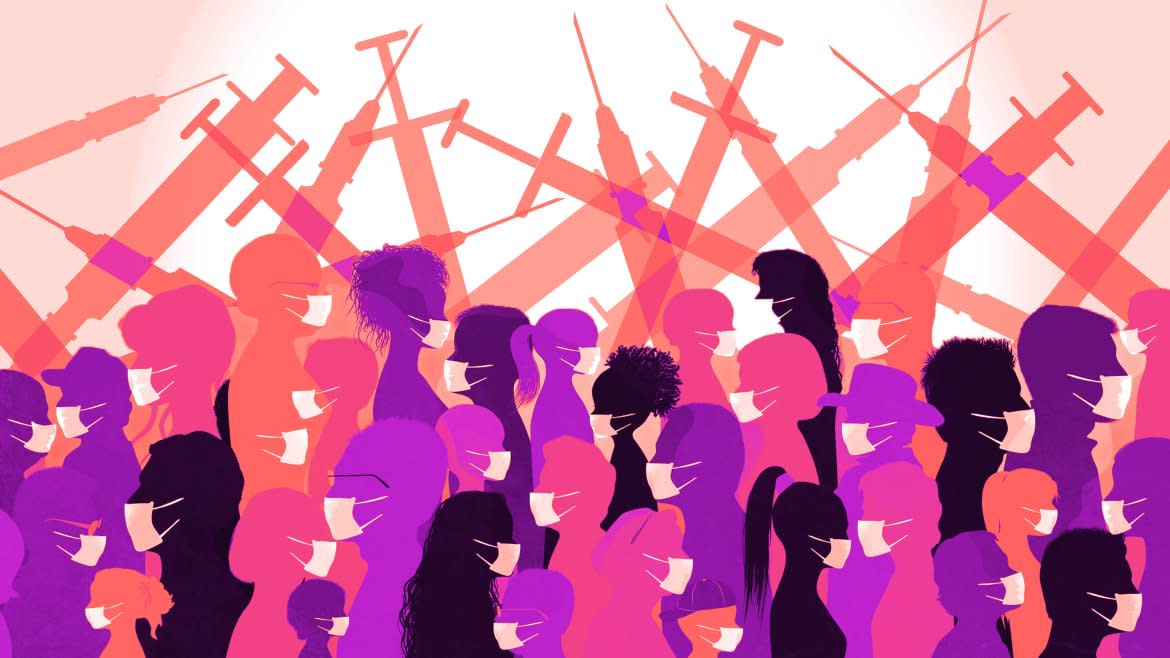The Absurd Error Lockdown Skeptics and Anti-Vaxxers Both Make

I worry that social distancing will be the victim of its own success.
As the COVID-19 pandemic has taken hold in the United States, efforts to blunt its spread have been put into place in one state after another. While there is as yet no nationwide shelter in place order, nearly all states have put in place measures to close non-essential businesses and have most citizens stay at home to the greatest degree possible. To say that the effects of these measures on the economy and our day-to-day lives have been catastrophic would be, if anything, an understatement.
They have also been vitally necessary.
Anyone who has been paying attention to how the novel coronavirus has affected one nation after another has seen the devastating effects it has had in places like Italy, where the capacity of its healthcare system was completely overwhelmed. The goal of social distancing has been, of course, to “flatten the curve”—to slow the spread of the illness enough that surges of new cases do not similarly overwhelm the capacity of our own hospitals and medical providers to adequately treat them.
There are some indicators it may be working—and, just like we see with vaccine opponents and diseases like the measles, swaths of the public want to jump on its success to argue against its existence.
‘Blood on Their Hands’: Trader Joe’s Workers Are Angry and Terrified
One COVID-19 prediction model recently revised the expected death toll in the United States by the end of the summer to about 60,000. While still a terrible number of lives lost, it represents a significant decrease from previous predictions the same model made just a week ago: tens of thousands of deaths more. There remains a great deal of uncertainty, but a downward shift in the total of people who will die from the novel coronavirus would be unambiguous good news.
In order for the model to pan out with the more optimistic outcome, however, the current social distancing efforts occurring nationwide have to remain in place for another several weeks, at least. Loosen them up and the better numbers go out the window.
And yet, already some are greeting these better numbers as justification to question whether the novel coronavirus was really as deadly a threat as people have been warning. The positive effects of the aggressive tactics to slow the spread of the illness are being mistaken for a reason to question the need for those efforts in the first place.
I’m seeing it crop up on social media. It’s coming from the ideologues at Fox News, who are always happy to toss expertise and evidence out the window if it conflicts with their agenda. It’s being suggested by high officials in the current administration. And it’s being considered by the president, who deserves no credit for positive developments in a public health crisis he repeatedly downplayed and about which he cannot stop lying.
All of these people are wrong. Abjectly, grievously wrong. But I’m used to seeing this kind of error. It’s one I’ve seen applied to another intervention that is necessary to keep infectious disease at bay.
Among the reasons people cite for not vaccinating their kids is that we don’t even see vaccine-preventable illnesses any more. Why take the risk to vaccinate your kids when there’s no measles or diphtheria around anyway? (That vaccine opponents grossly overstate the risks of vaccination is a separate, if related, issue.)
Of course, this mistakenly views the effect without bothering to consider the cause. Remove the reasons for the absence of vaccine-preventable illnesses, and those illnesses will come racing back. It’s why, for example, there were more cases of the measles in the United States last year than there had been in decades.
You can’t get the benefits of prevention without first putting the actual preventive measures in place. You can’t see the results and ignore what it took to get them. For an illness that may almost certainly be spread by people who are showing no symptoms themselves, the distance we are putting between each other no matter how healthy we happen to be feeling is necessary to keep positive trends going.
Using the lower projections as an argument for doing away with the methods of achieving them is a perfect way of making sure they do not come to pass. The lower death toll won’t be due to the virus magically becoming less deadly, and doesn’t mean the dire warnings of public health experts were panicked overstatements. Disregard what underlies any given model’s revisions in an effort to pretend that the new numbers are what we would have ended up with all along, take away the social distancing that’s beginning to have its desired effects, and watch the numbers, real and projected, start rocketing back up.
Got a tip? Send it to The Daily Beast here
Get our top stories in your inbox every day. Sign up now!
Daily Beast Membership: Beast Inside goes deeper on the stories that matter to you. Learn more.

